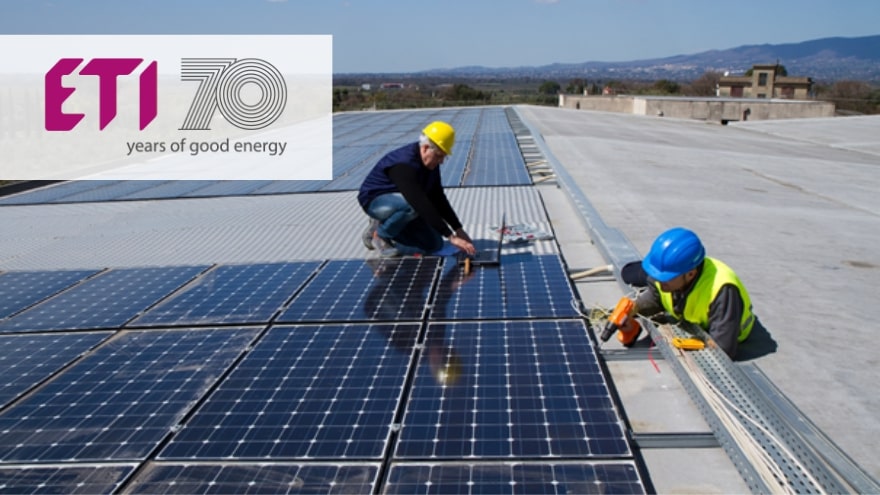
When talking about a photovoltaic system, we often think simply about PV modules, but a typical power plant of this type is much more complex. It also consists of converters (Inverters), measuring switchboards on the AC side connected to the power grid, special solar cables, connecting elements, supporting structures, as well as switchboards with protections on the DC side - such as surge arresters and overcurrent protection. We will devote this article to them and the issue of their selection.
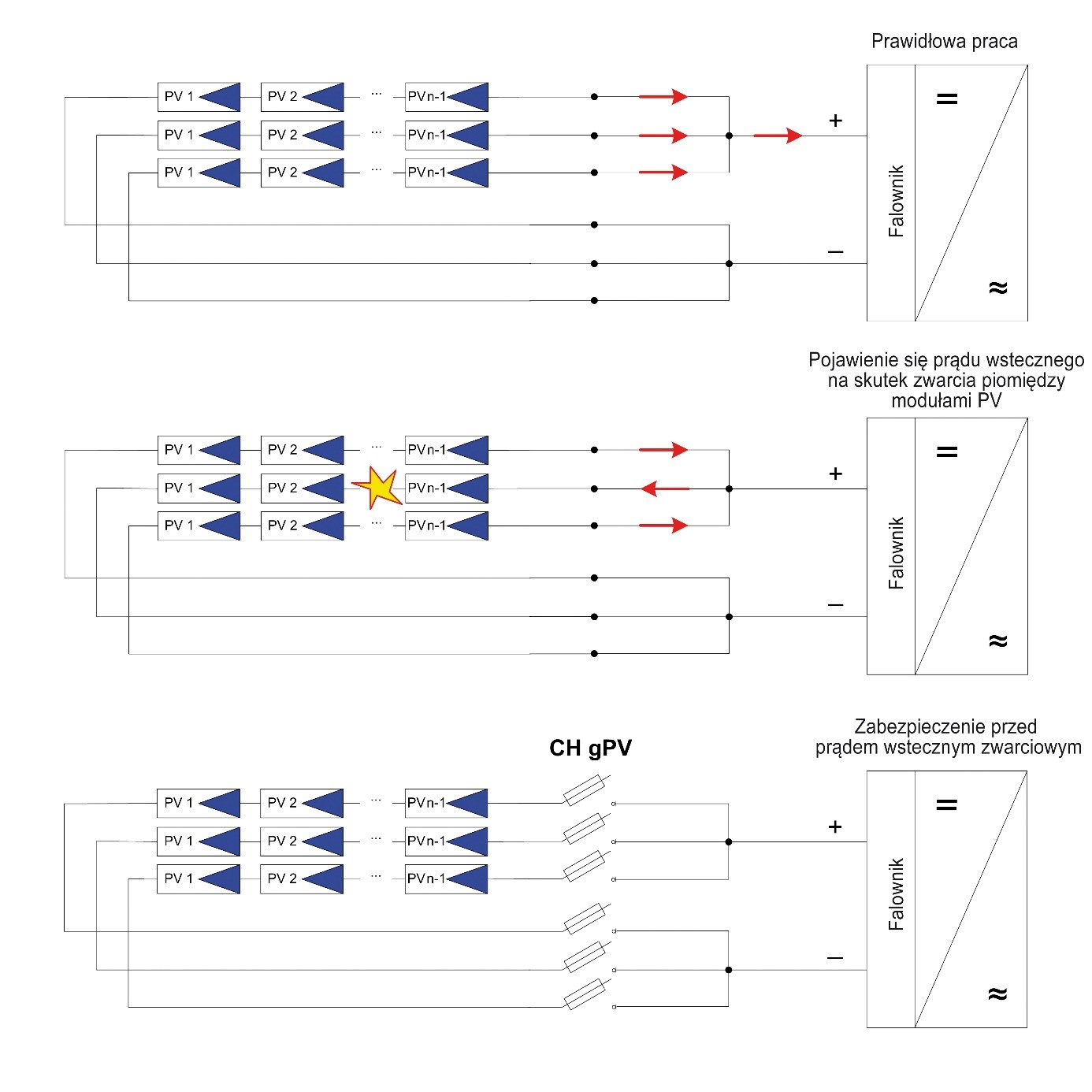
The DC side of the PV system
Typically, a prosumer photovoltaic power plant has a very simple scheme. PV modules are placed on the roof of the building, inside there are switchboards and converters, as well as a measuring switchboard with a meter for the energy produced. All these elements are connected with two- or four-wire cables.
DC switchboards are usually equipped with devices protecting the installation against overload or short circuit, overvoltage limiters and a DC circuit disconnector. The main purposes of these safeguards are:
- protection of photovoltaic modules against short circuits, overloads and reverse short circuit currents,
- protection against switching overvoltages,
- protection against overvoltages resulting from lightning discharges.
See ETI products in the Onninen store
Dangerous overvoltages in sensitive photovoltaic systems result from lightning or switching overvoltages induced in loops of PV modules connected in series. Therefore, surge protection is one of the most important types of protection for the DC part of a photovoltaic installation.
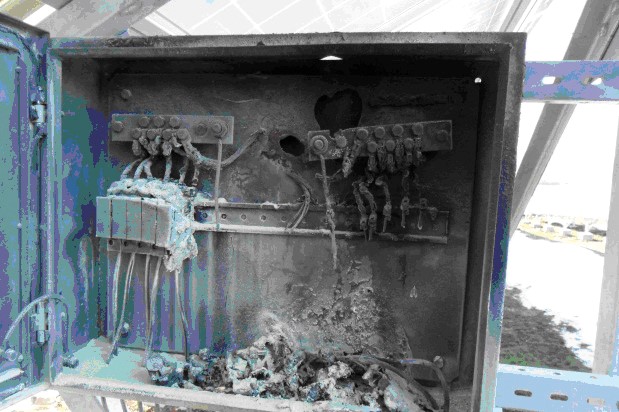
What is a surge arrester?
It is designed to repeatedly discharge discharge currents resulting from overvoltage in a photovoltaic installation. Therefore, it can operate for many years if it is not damaged or there is no surge or discharge current exceeding the capacity of a given arrester. After reacting to the overvoltage, the device should return to its original state.
Due to their design, surge arresters are divided into:
- Cutting arrester - using primarily gas and air spark gaps.
- Limiting arrester - it is mainly used with varistors or special diodes.
- Combined arrester - combining the above two types, i.e. a combination of a varistor and a gas spark gap.
ETI surge arresters
Type 1 or Type 2 surge arresters?
Currently, there are three types of photovoltaic modules on the market: polycrystalline, monocrystalline and thin-film. They differ in the level of surge resistance, which the manufacturer should specify in their specifications. The selection of surge arresters will largely depend on this parameter. They are typically rated for voltages ranging from 500V to 1500V DC. With proper installation and grounding, they can provide surge protection of 3 – 5 kV.
Depending on the size of the photovoltaic power plant, two types of surge arresters are used: T1 or T2. The former is used to protect the installation against overvoltages resulting from direct lightning discharges into the photovoltaic system or in close proximity. The latter, however, protects the system against switching overvoltages or those caused by indirect lightning discharges.
Since the energy from a direct discharge is usually very high, the T1 surge arrester has a spark gap or a varistor with greater durability. This makes Type 1 necessarily more expensive. Type 2 is recommended for use in facilities without an external lightning protection system.
Sometimes a T2 surge arrester can be used in a PV electrical installation with a lightning protection system. This is because the voltage on the DC side is usually much higher than the voltage on the AC side, where Type 1 surge arresters are used. Therefore, in the event of a direct discharge, the AC side surge arrester will react earlier.
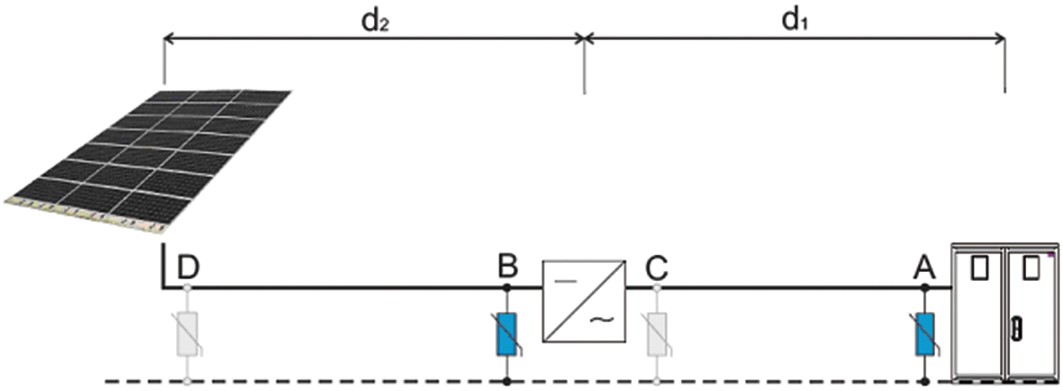
General diagram of a PV photovoltaic module system and surge protection
Due to the risk of damage to surge arresters, remember to periodically check their condition - the inspection window. In the event of a limiter failure, the display window will show red. The user will then be informed about the need to replace the replaceable limiter element.
Where to install a surge arrester?
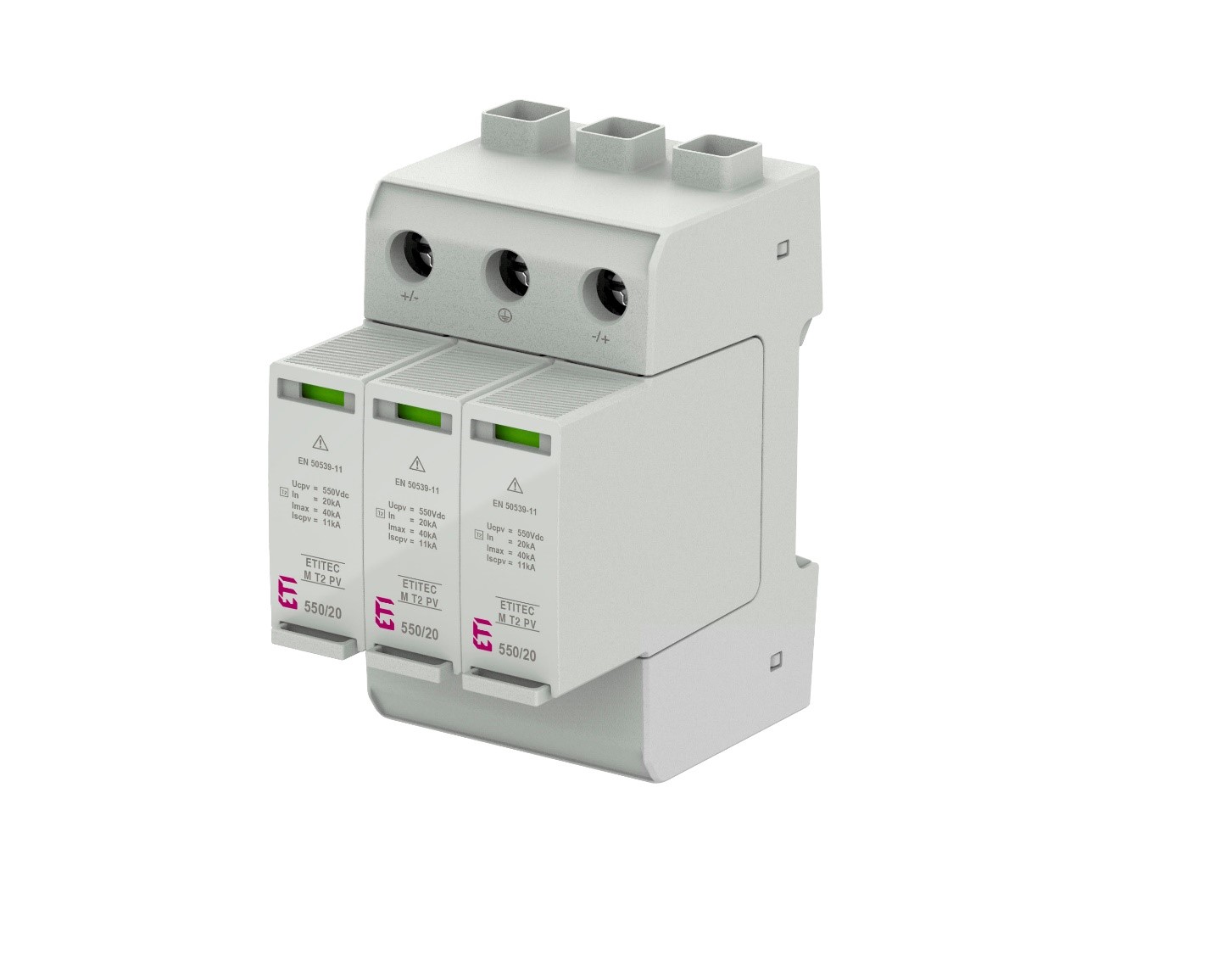 The surge arrester should be placed close to the protected facility. which secures. In the case of a photovoltaic power plant, these will be PV modules and an inverter. If the length of the cable connecting the modules to the inverter does not exceed 10 meters, it is enough to install one limiter in each chain, locating it as close as possible to the device with the lowest surge resistance. Typically this will be a DC/AC inverter. However, it is worth checking the technical data of photovoltaic modules to be sure.
The surge arrester should be placed close to the protected facility. which secures. In the case of a photovoltaic power plant, these will be PV modules and an inverter. If the length of the cable connecting the modules to the inverter does not exceed 10 meters, it is enough to install one limiter in each chain, locating it as close as possible to the device with the lowest surge resistance. Typically this will be a DC/AC inverter. However, it is worth checking the technical data of photovoltaic modules to be sure.
See ETI products in the Onninen store
If the length of the cable between the above-mentioned elements exceeds 10 meters, one T1+2 or T2 overvoltage switch should be installed next to the modules (depending on whether there is an external lightning protection system or not), and another - usually of the same type - next to the inverter.
Why use surge arresters?
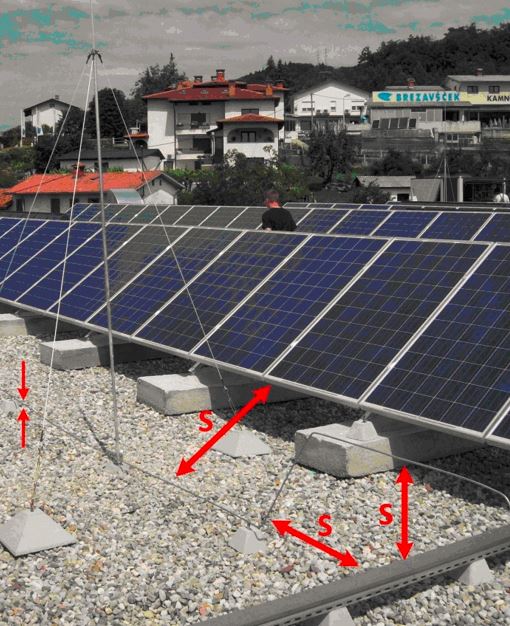
Example of an insulated lightning protection system
Due to its structure and location, the photovoltaic installation is exposed to direct and nearby lightning discharges. On average, there are 20 - 30 storm days in Poland. This means that every photovoltaic power plant is exposed to serious damage as a result of lightning discharges. These can primarily destroy expensive components, such as the modules themselves or DC/AC inverters. As a result, within a second the owner of the installation may be exposed to power outages and costly repairs of the PV system. The fact is not changed by the insurance of the power plant. Even if the installation is covered, in the event of a failure, the insurer will first check whether all formal conditions have been met - including appropriate security measures. Failure to do so will probably result in a refusal to pay compensation. To avoid such a risk, it is necessary to install surge arresters in every PV photovoltaic power plant.
Surge protection from ETI Polam
If you are looking for reliable surge arresters, check out the ETI Polam range. It offers all the necessary equipment to protect photovoltaic systems against overcurrent and overvoltage, including ready-made switchboards. Here you will find switchboards equipped for individual configuration of PV modules - adapted to the number of modules in the chain, the number of chains connected in parallel, the type and power of the converter and the number of converter inputs on the direct current side. Secure your photovoltaic power plant with an experienced manufacturer!
